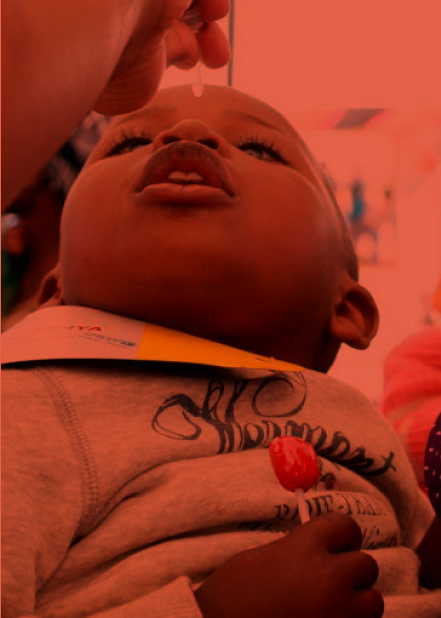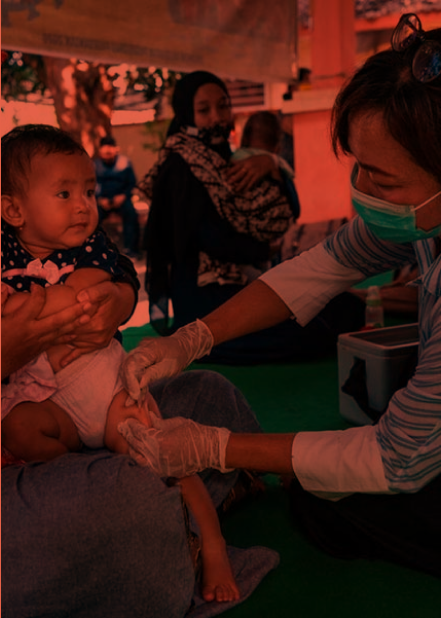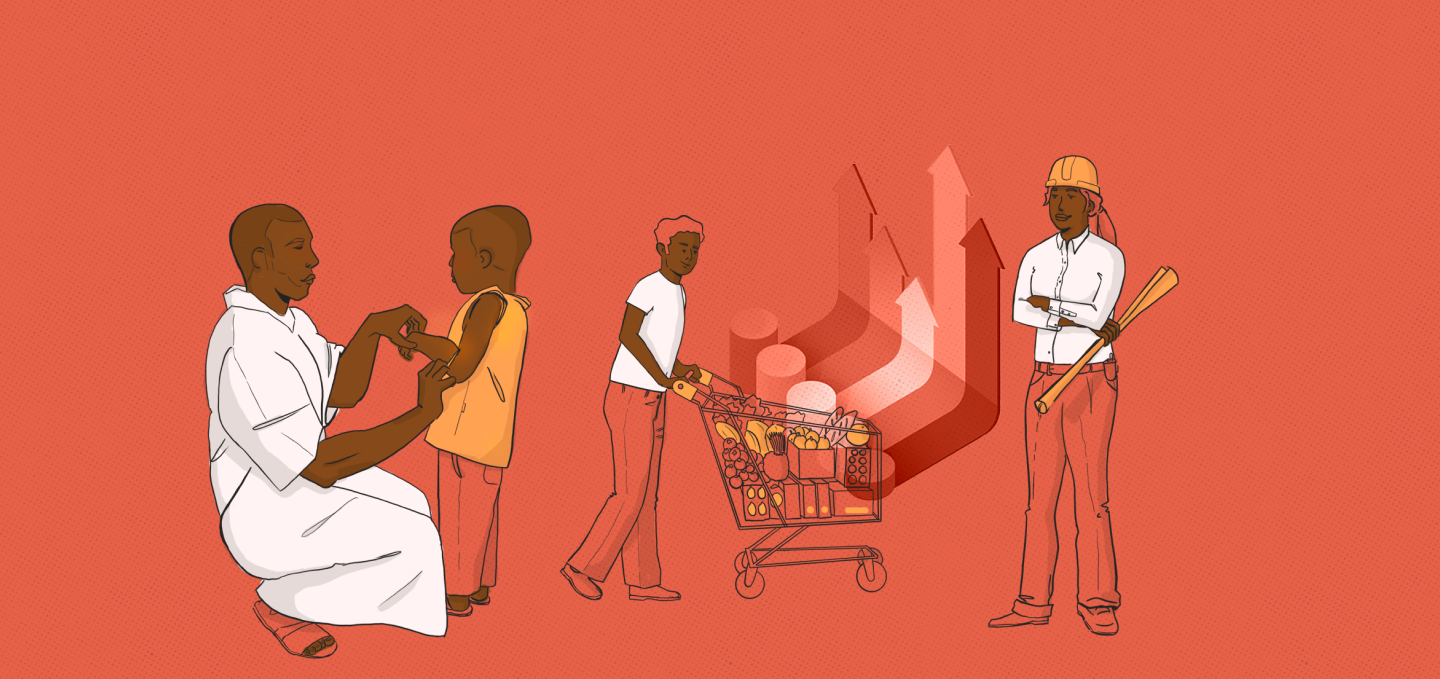

VALUE OF VACCINATION
Economics
Vaccines stop families falling into poverty from
health costs.
Not being vaccinated against childhood diseases can trigger a domino effect: first a child is more likely to get sick, which means they’re more likely to drop out of school or get worse grades. This can then have economic impacts for society as a whole, affecting their ability to get a good job later in life.
This is how immunisation brings enormous benefits in terms of greater human development and productivity which in turn leads to a stronger economy. It’s not only good for your general health, but also your financial health.
Vaccination fights poverty
Vaccination can stop families from falling into poverty. Parents spend millions of dollars every year on healthcare when their children get sick. By preventing these diseases in the first place, parents can avoid these expensive medical bills.
Between 2016 and 2030, vaccines will help prevent 24 million people in some of the world’s poorest countries from slipping into poverty, by allowing families to avoid the often crippling healthcare costs that diseases can bring.
BETWEEN 2016 AND 2030
Immunisation relieves the financial burden for families in Kenya
When children in low-income areas fall sick, their families often face catastrophic spending on treatment. This could have been avoided through routine immunisation. When Mark Luvisia from a village in Western Kenya had a son, they couldn’t access the health facility to vaccinate him. He fell sick with polio, but despite a fundraiser for health costs, their son died. Now, Luvisia and his family are vaccine champions going door-to-door as advocate to avoid the same fate happening to others around them.
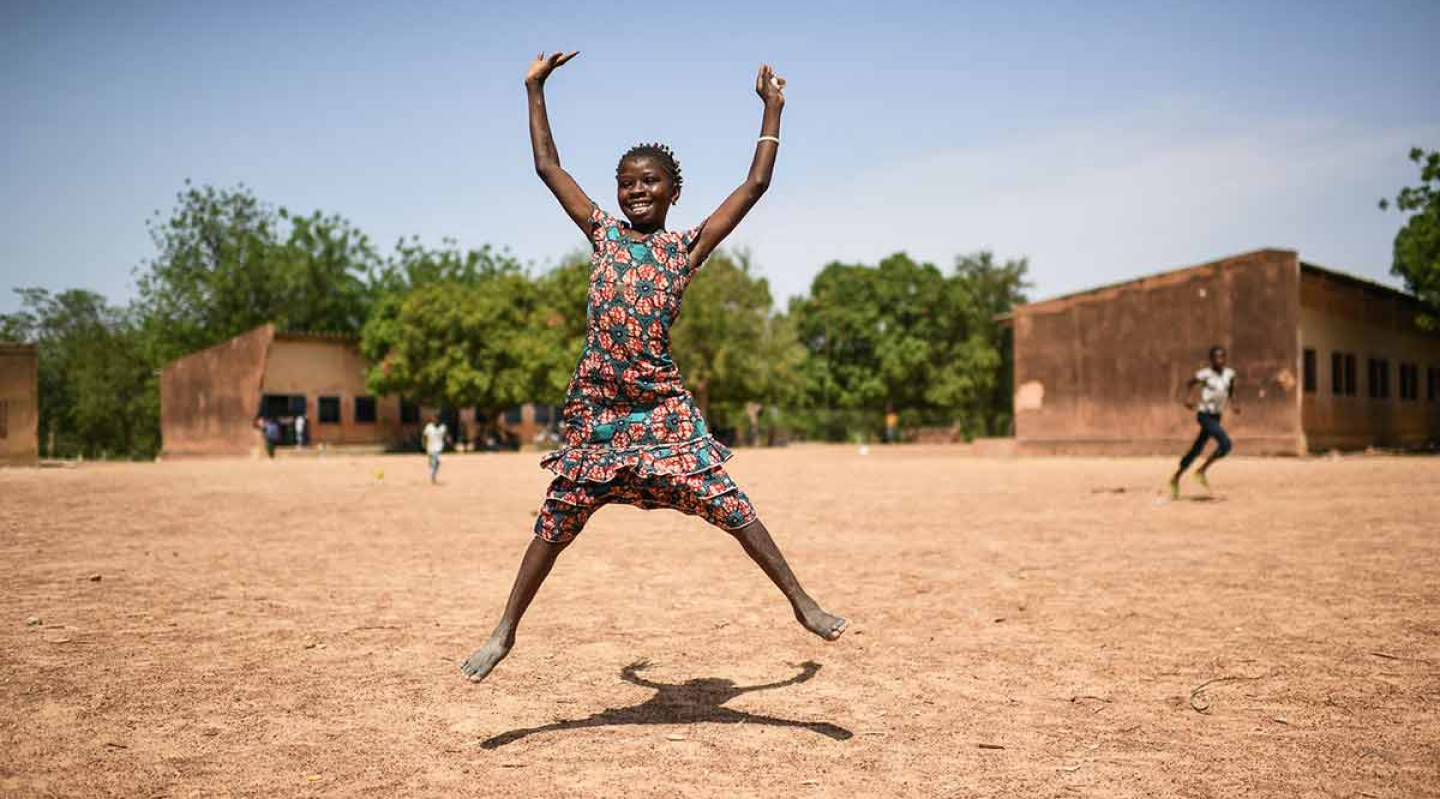
As challenging as it can be for low-income families to ensure their child is vaccinated, the cost of illness can be financially devastating.
Number of people pushed into poverty because of healthcare expenses

































































Protecting children from the most-deadly infectious disease in Indonesia
Mothers who have seen their children wheeze and struggle to breathe with pneumonia know how important the pneumococcal conjugate vaccine is. But through price negotiations, organisations like Gavi and UNICEF have helped bring the price of the vaccine down significantly. “Before this, you could only get it privately and it was very expensive,” says Nurse Desak.
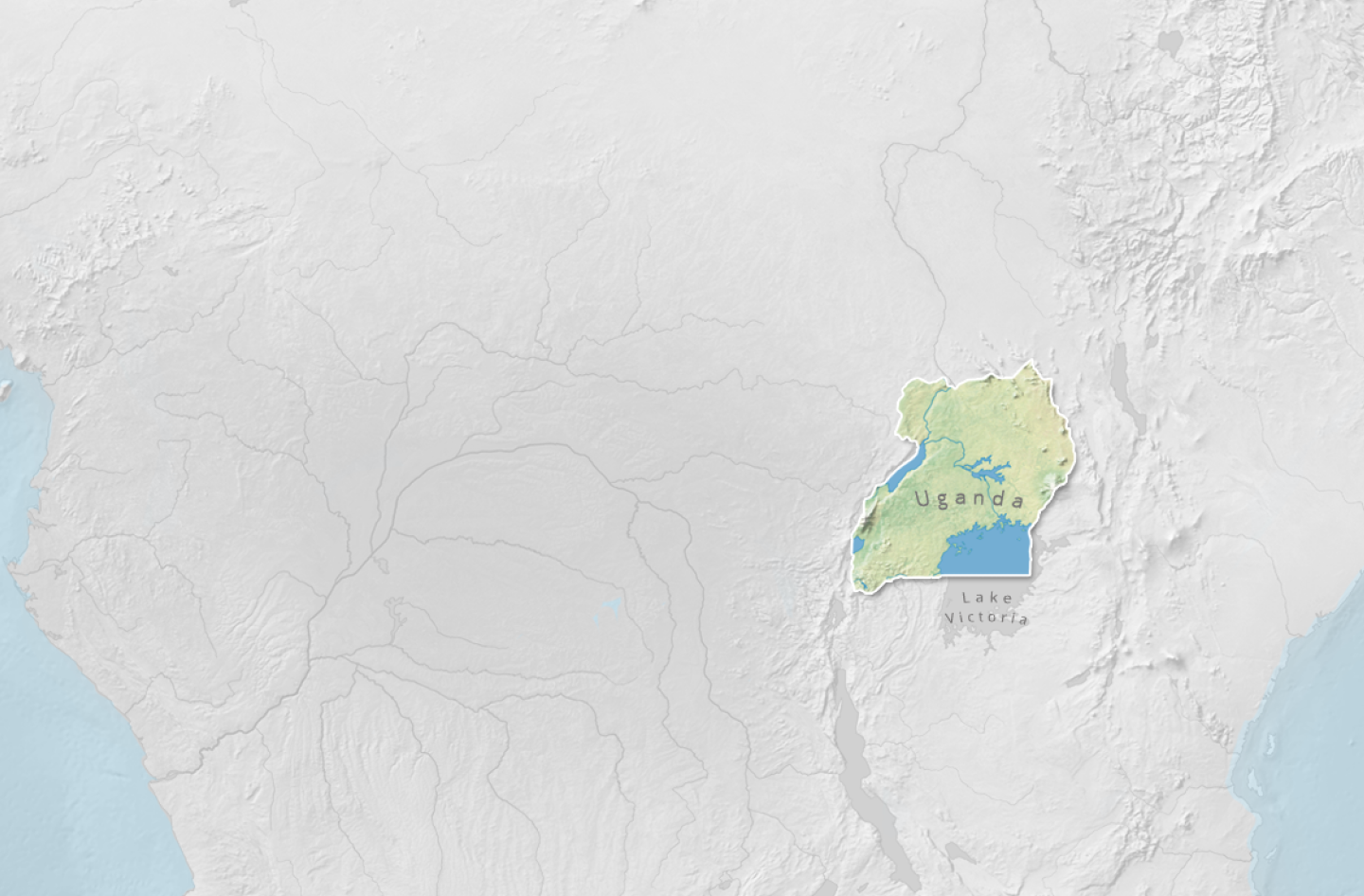
Uganda
A Ugandan study on the cost of pneumonia to families with children who get the disease illustrates how one childhood illness can drive families into poverty.
CAREGIVERS FACED
TO MAKE MEDICAL PAYMENTS, THE POOREST HOUSEHOLDS TURNED TO OTHERS FOR HELP
Overall, the Ugandan government spent an average of $7 per outpatient episode and $12 per hospitalised episode of pneumonia.
The most cost-effective public health measure
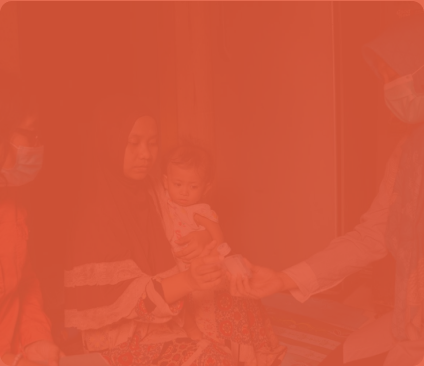
FROM 2011 TO 2030
On top of these savings made on medical costs, when you include the value of a life saved the return on investment rises to US$ 51 per dollar invested in immunisation. This might seem far removed from the lives of the average person, but since vaccination saves millions of dollars, it allows both individuals and governments to save money that would otherwise be spent treating disease.
